Toxic birds or poisonous birds are birds that use certain toxins to defend themselves. These birds don’t bite and inject venom into your body because no bird is currently known to science that has a venomous bite. They release toxic chemicals such as poison through their body.
Birds don’t have a strong defense system, normally they just fly away in the presence of predators, except for some birds like the eagle. It can kill its predators also, but not every bird is strong as the eagle. So some birds have to come up with an entirely new defense technique.
They release noxious poisons from their skin, making them dangerous to consume and handle. The discovered toxic birds or poisonous birds are known to be poisonous to touch and eat.
These birds usually gain poison from animals and plants they feed on, especially poisonous insects. There are only a handful of avian species that are poisonous.
Here are the top 10 poisonous birds in the world.
1. Pitohui (Pitohui dichrous)
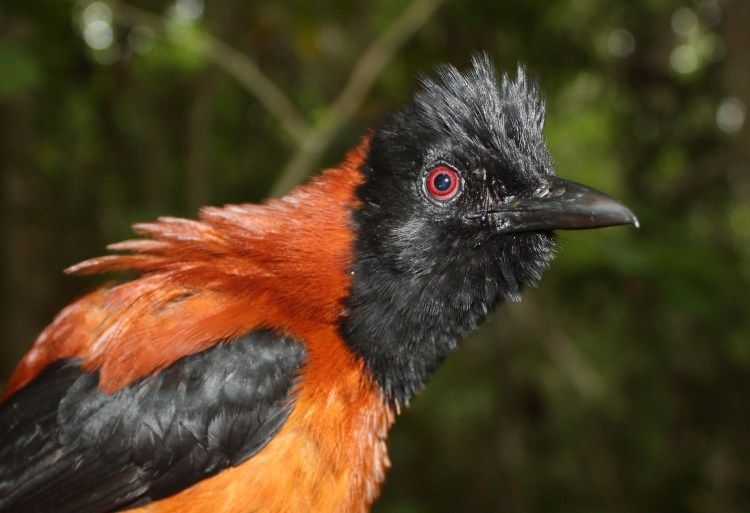
These beautiful songbirds have black feathers on their wings, tails, and head, while their bellies and backs have orange feathers. The pitohuis are a group of brightly colored birds native to new guinea and the bright color is a warning. The skin and feathers of this bird contain a nerve poison called Batrachotoxin. It is the same deadly poison produced in poison dart frogs.
Batrachotoxin (BTX) is an extremely potent cardio and a neurotoxic steroidal alkaloid found in certain species of beetles, birds, and frogs. It binds to nerve cells and turns off their ability to send and receive signals. This results in numbness and tingling. Almost all species of pitohui have this poison.
Just touching this bird exposes the skin to homobatrachotoxin and causes numbness. None of the pitohuis actually produce batrachotoxin it comes from their diet by eating poisonous insects, especially beetles containing Batrachotoxin.
2. Blue-capped ifrit (Ifrita kowaldi)
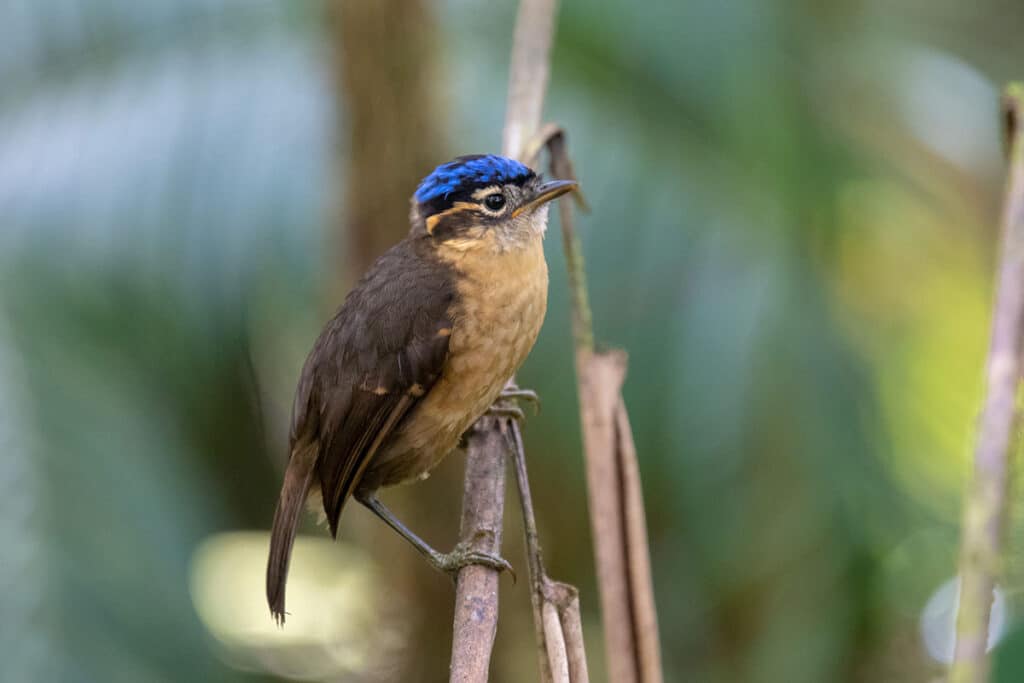
The Blue-capped ifrit also known as the Blue-capped ifrita also stores batrachotoxin in its feathers and skin. These tiny birds have a blue and black crown with yellow-brown plumage. The accumulation of toxins varies in individuals based on the region they are found.
Even if you touch it you’ll probably get numb as a result of intoxication, it’s inedible since the toxins don’t disappear even when it’s cooked.
3. Little Shrikethrush (Colluricincla megarhyncha)
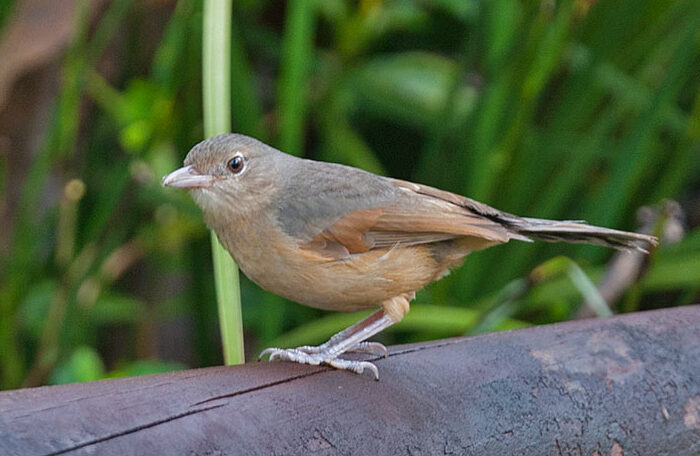
The little shrikethrush is a songbird recorded as a poisonous bird species endemic in Australia. Like the two well-known pitohui species, it also contains traces of the batrachotoxin found in the lethal poison dart frogs, making it the third known poisonous bird species. This bird’s poison often referred to as batrachotoxinin-A, is very toxic.
4. Rufous Shrikethrush (Colluricincla rufogaster)
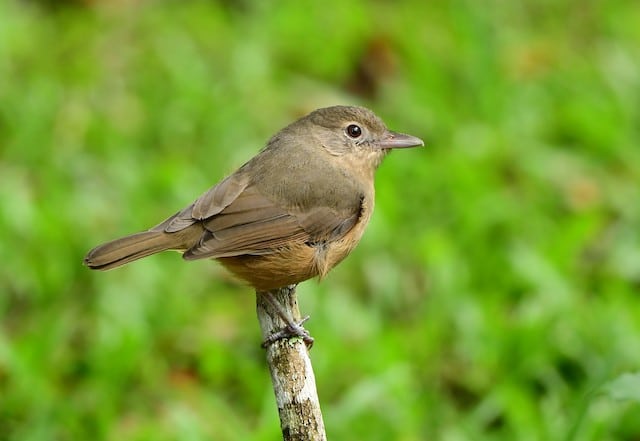
This bird is also known to carry batrachotoxins (BTXs). The interesting thing about the Rufus strikethrush is that it does not use bright warning colors to deter predators. This suggests a second use of batrachotoxin which is to deter parasites.
5. Spur-winged Goose (Plectropterus gambensis)
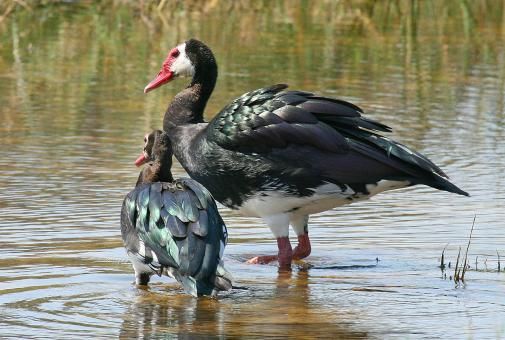
The spur-winged goose eats beetles and stores their poison these beetles are called blister beetles and the poison is cantharidin. Cantharidin causes blisters and chemical burns.
It’s safe to touch them but eating one can lead to irreversible consequences the toxin remains even after cooking. The Spur-winged Goose absorbs poisons from toxic beetles it periodically ingests, making its flesh deadly to consume.


